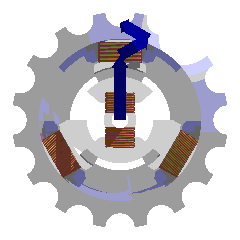[Pay no attention to the original post date. Standard QotD rules--students only until 02/07/11.]
Hanging off a fan motor is this little black box measuring 1-7/8" x 1-3/8" x 3/4". What is this and what does it do? What do all those numbers mean?

Motor1.jpg picture by derekleffew - Photobucket

Motor2.jpg picture by derekleffew - Photobucket
Hanging off a fan motor is this little black box measuring 1-7/8" x 1-3/8" x 3/4". What is this and what does it do? What do all those numbers mean?

Motor1.jpg picture by derekleffew - Photobucket

Motor2.jpg picture by derekleffew - Photobucket
Last edited:



